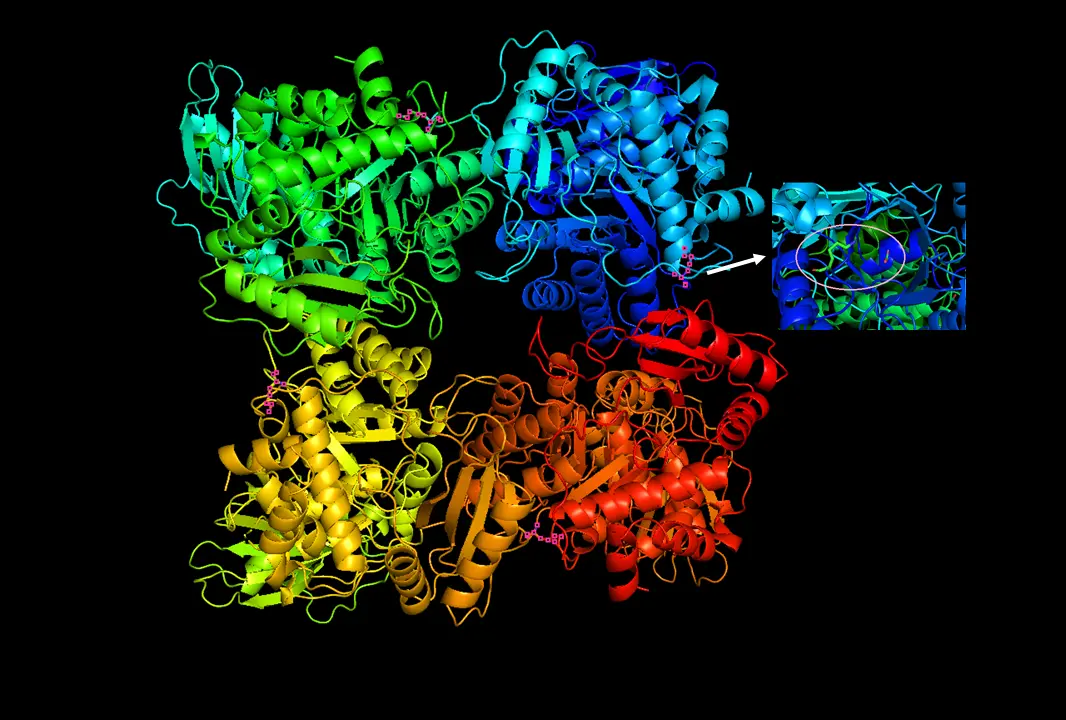Ah yes the part of the curve where the stress permanently changes you. Yeah, accurate.
this assumes a ductile material. I myself am smiling as though everything is fine in the elastic region and may snap at any moment.
What a fragile personality…
brittle. brittle materials fail in the elastic portion of the stress strain diagram
Found the titanium personality
Can a TI-84slinger explain this for us pipette-wielders?
Past the elastic deformation region / yield stress you get plastic deformation, which even when the stress is completely removed there is permanent deformation.
Gotcha. Thanks! Do the points P, E, Y, U, and F stand for something or are the letters arbitrary?
Plastic deformation point, elastic deformation point, yield point, ultimate strength, and failure point

And here I was thinking it was: F U, yep.
E is where it stops being linear, Y is yield, U is ultimate as in max, and f is fracture / failure. Not sure about p.
P is the Proportional Limit, where it stops being linear, but remains elastic for a short while longer, meaning any deformation can still be recovered. E is the Elastic Limit, where it changes from elastic to plastic
Proportional limit. Deformation is linear up until this point.
Looks like the plastic deformation point was placed before the elastic point.
Everything past the dotted line is the point where the material won’t go back to its original shape.
Example: You can push on the hood of your car all you want, it’ll flex, and go back to its original shape (elastic deformation); but stand on it, and it’ll dent (plastic deformation).
Removed by mod
Manager “So all that you need is more strain to reduce the stress? Here are 10 more tasks which should strain you quite a bit”
Have considered recrystallisation
therapyThe plastic zone is no joke, my friend.
Removed by mod
Indeed, it leaves you forever deformed.
The material is too ductile. I am at the peak of a narrow yield curve and then, snap, material breaks.
I like plastic.
Well, do we have some good news for you about what’s currently in your body…
Yeah when I jerk off I cum credit cards.
Well, mom, maybe write like a 60-year-old and not a 14-year-old and I’ll respond.
Ouch yes, very true, but ouch







